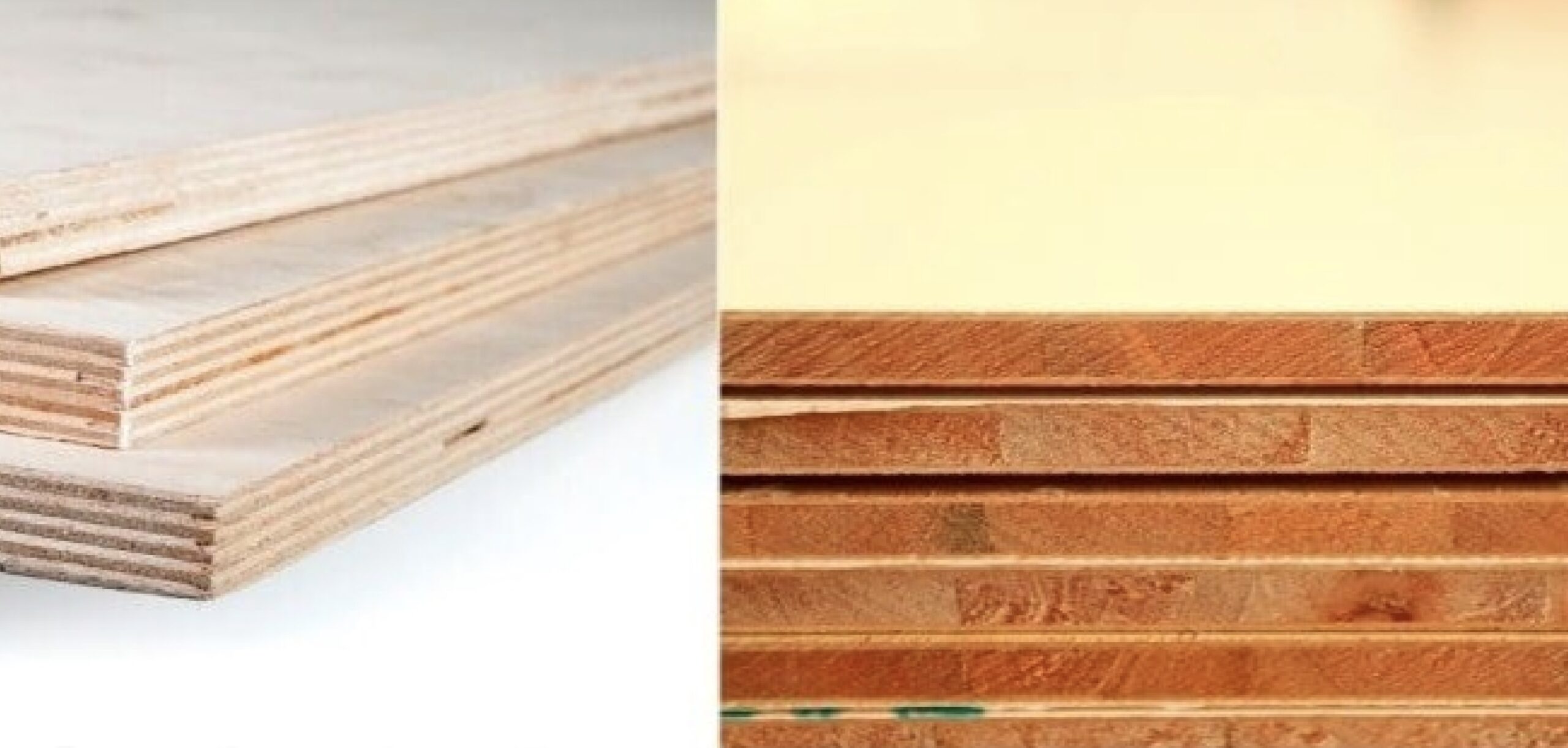
Are you in the process of renovating your home or office space and trying to decide whether to use plywood or blockboard for your interior needs? Understanding the differences between these two materials can help you make an informed decision when it comes to your renovation project. In this article, we will delve into the specifics of IS 710 and IS 1659 standards for plywood and blockboard, respectively, to help you understand which material may be the best choice for your interior spaces.
The Main Difference Between Plywood and Blockboard
Before we dive into the standards set by the Bureau of Indian Standards (BIS) for plywood and blockboard, it is essential to understand the primary difference between the two materials. Plywood is made from thin layers of wood veneer glued together, with the grains of each layer positioned perpendicular to the adjacent layers. This cross-graining technique gives plywood its strength and stability, making it ideal for various construction and interior applications. On the other hand, blockboard is constructed by sandwiching a core of softwood strips between two layers of wood veneer. This construction method gives blockboard its lightweight and cost-effective properties, making it a popular choice for interior furniture and partitions. However, blockboard is not as strong or durable as plywood, which may impact its suitability for certain applications.
IS 710 Standards for Plywood
IS 710 is the Indian Standard specification for structural plywood, set by the BIS to ensure the quality and performance of plywood used in construction and interior applications. Plywood that meets the IS 710 standard is guaranteed to be durable, moisture-resistant, and suitable for use in various structural and non-structural applications.
Some key requirements of IS 710 standards for plywood include:
- Minimum number of plies
- Adhesive quality
- Moisture content
- Glue shear strength
- Modulus of rupture
- Modulus of elasticity By choosing plywood that complies with the IS 710 standard, you can rest assured that you are using a high-quality material that meets the necessary performance criteria for your interior spaces.
IS 1659 Standards for Blockboard
Similarly, IS 1659 is the Indian Standard specification for blockboard, established by the BIS to ensure the quality and performance of blockboard used in interior furniture and partitions. Blockboard that meets the IS 1659 standard is guaranteed to be lightweight, cost-effective, and suitable for various interior applications.
Some key requirements of IS 1659 standards for blockboard include:
- Minimum thickness of the blockboard
- Core material quality
- Face veneer thickness
- Adhesive quality
- Modulus of rupture
- Modulus of elasticity
By opting for blockboard that adheres to the IS 1659 standard, you can be confident that you are using a reliable material that meets the necessary quality benchmarks for your interior needs.
Which One Should You Choose: Plywood or Blockboard?
Ultimately, the choice between plywood and blockboard for your interior spaces will depend on your specific requirements and budget constraints. Plywood is ideal for applications that require strength, durability, and moisture resistance, such as kitchen cabinets, flooring, and roofing. On the other hand, blockboard is a more budget-friendly option for interior furniture, partitions, and other non-structural applications.
In conclusion, understanding the IS 710 and IS 1659 standards for plywood and blockboard can help you make an informed decision when it comes to selecting the right material for your interior spaces. By considering the specific requirements of your project and the performance criteria outlined by the BIS, you can choose between plywood and blockboard with confidence and certainty.
